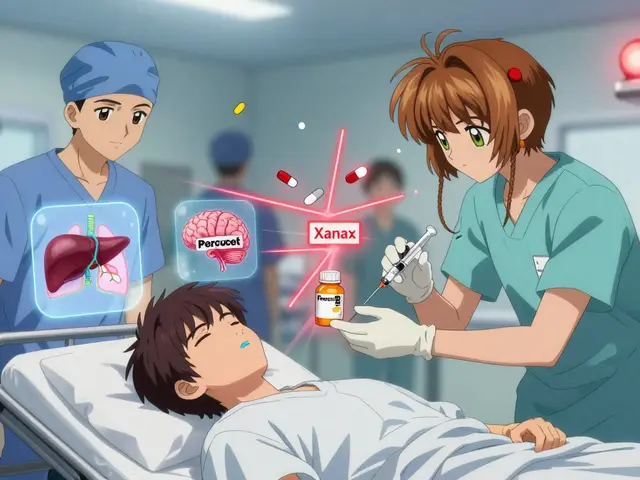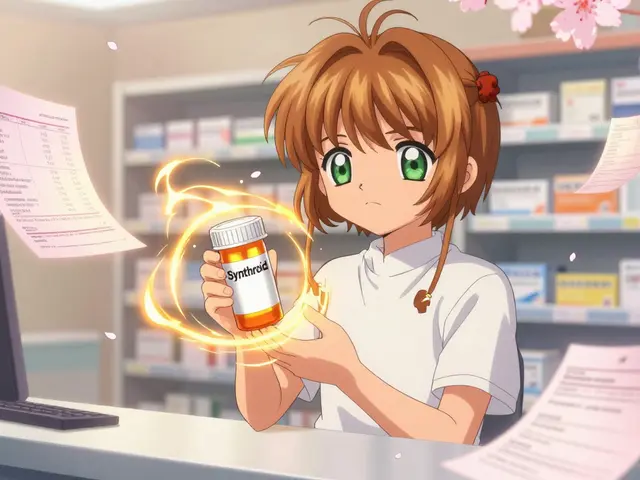Long-Term Safety: What to Watch and How to Stay Safe
Medications can help, but their risks often change with time. You might feel fine for months and then notice tiredness, mood shifts, or new lab changes. This page pulls together clear, practical advice so you can spot problems early, reduce risk, and keep using meds safely—whether it’s blood pressure drugs like Toprol, acid medicine like Prevacid, cancer meds such as Nilotinib, or diabetes drugs like Rybelsus.
What to watch for
Keep a simple checklist: new symptoms (fatigue, dizziness, mood swings), changes in appetite or weight, skin reactions, and any unusual bruising or bleeding. Some drugs need specific checks—liver tests for Nilotinib, blood pressure and heart rate for beta-blockers like metoprolol, or kidney and electrolyte monitoring for certain diuretics. If you feel persistent tiredness on nifedipine or notice mood or sleep changes on antidepressants, tell your clinician. Small changes matter.
Interactions are another big factor. Combining drugs can raise side effects or blunt benefits. Tell your doctor about supplements, over‑the‑counter meds, and herbal products. For example, mixing MAO inhibitors like tranylcypromine with certain foods or other medicines needs careful handling. If you’re switching antidepressants (like moving from Wellbutrin or citalopram), ask about interactions and withdrawal symptoms.
How to stay safe long-term
Schedule routine check-ins, not just when you’re sick. A yearly medication review with your prescriber or pharmacist helps spot unnecessary drugs, dose adjustments, and lab needs. Keep a written list of all medicines and bring it to visits. Ask three practical questions at every refill: What side effects should I expect now? What tests do I need and how often? When should we consider stopping or changing this drug?
Use labs and simple measurements. Regular blood tests (liver, kidney, electrolytes), blood pressure, weight, and, when needed, ECGs can catch trouble early. If you’re on long-term acid suppression like lansoprazole (Prevacid), ask about bone health and nutrient checks. For chronic conditions like epilepsy, heart disease, or diabetes, follow recommended monitoring schedules—these keep treatments working and safe.
Buying meds online? Be cautious. Only use pharmacies that require a prescription, show a real address and phone number, and have clear policies. Avoid sites with ridiculously low prices or no pharmacist contact. When ordering controlled or complex drugs (like anabolic steroids or specialized cancer meds), lean on licensed pharmacies and your prescriber to avoid counterfeit or unsafe products.
Finally, lifestyle matters. Good sleep, steady exercise, balanced diet, and limiting alcohol can reduce many drug-related risks. If you ever feel unsure, ask for a second opinion or a pharmacist consultation. Small, early steps often prevent big problems later.
Biologics vs Steroids: Cost, Efficacy & Safety Beyond Prednisolone
Steroids like prednisolone used to be the default for tough autoimmune diseases, but new biologic drugs are stealing the spotlight. This article compares the true costs, side effects, and effectiveness of biologics and steroids so patients and caregivers can decide when to make the switch. Get the facts about insurance, long-term safety, and the latest research, plus practical tips on navigating your options. We break it down so you can talk to your doctor armed with the facts.






